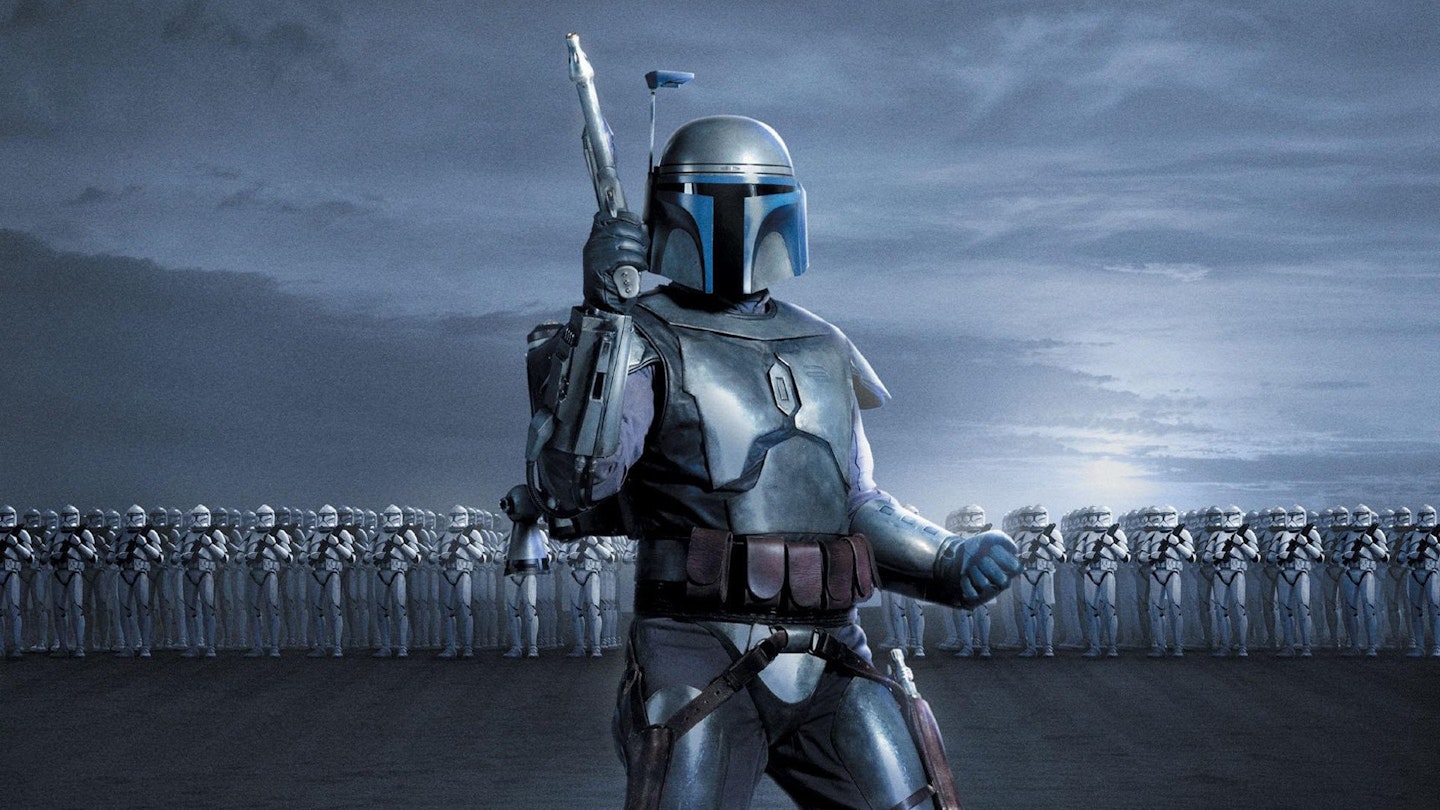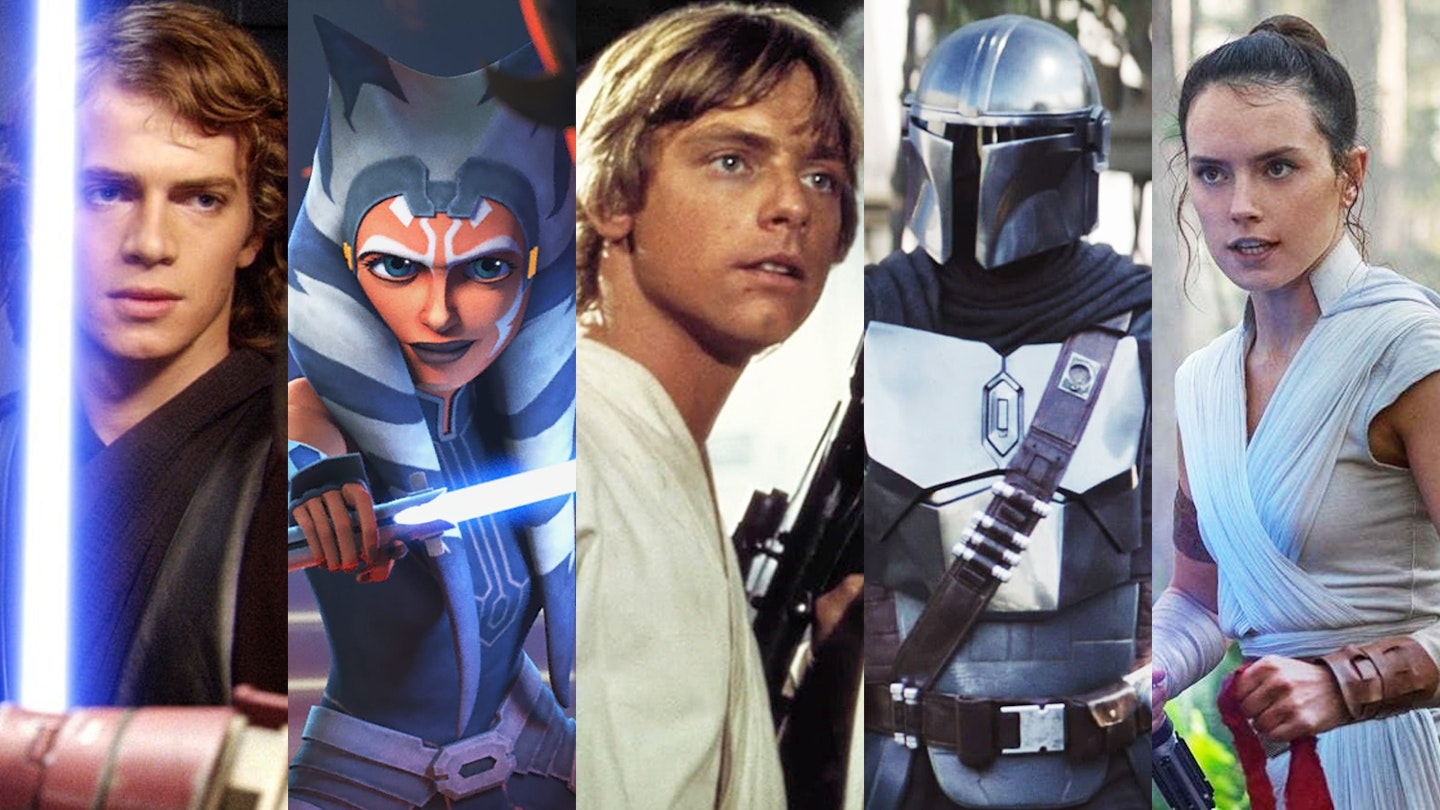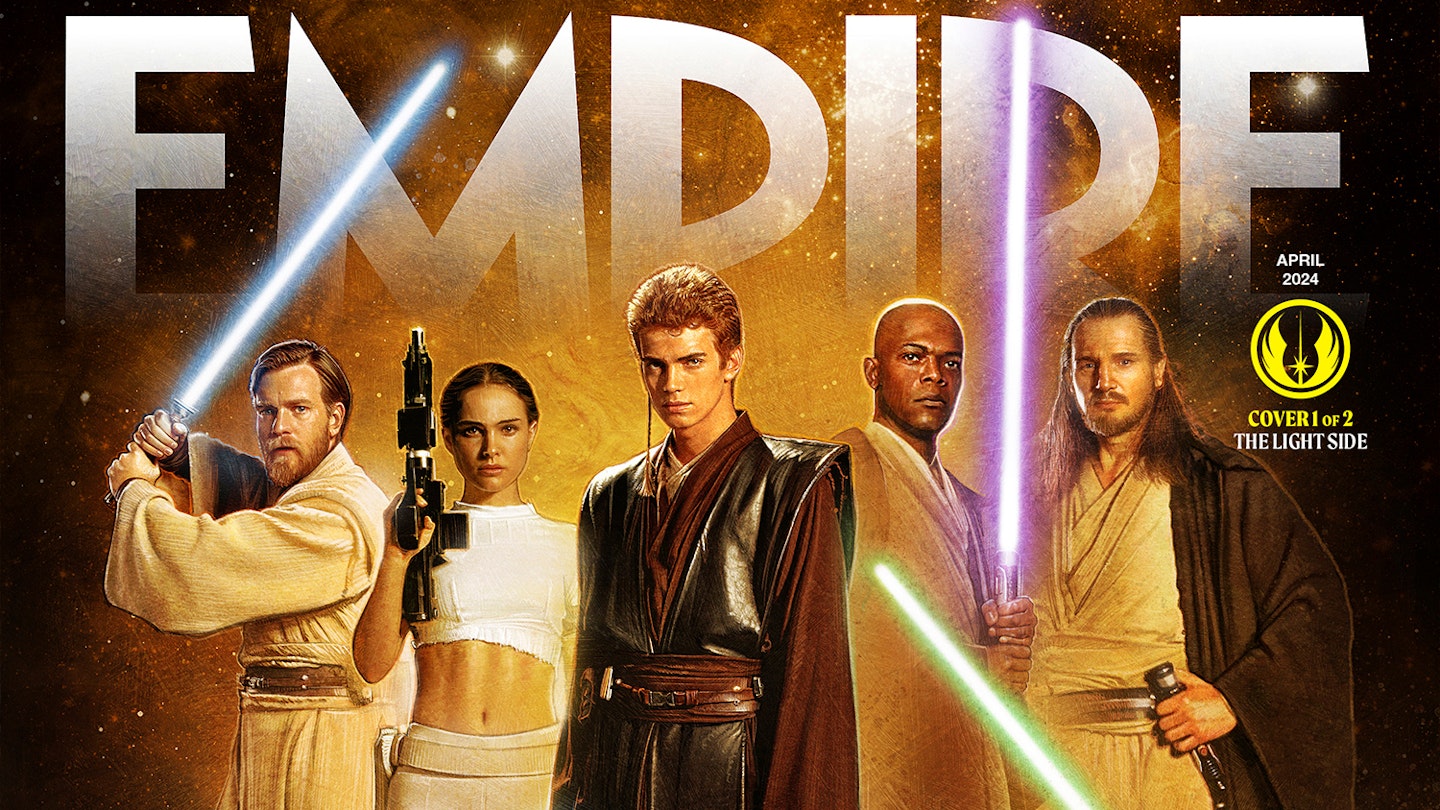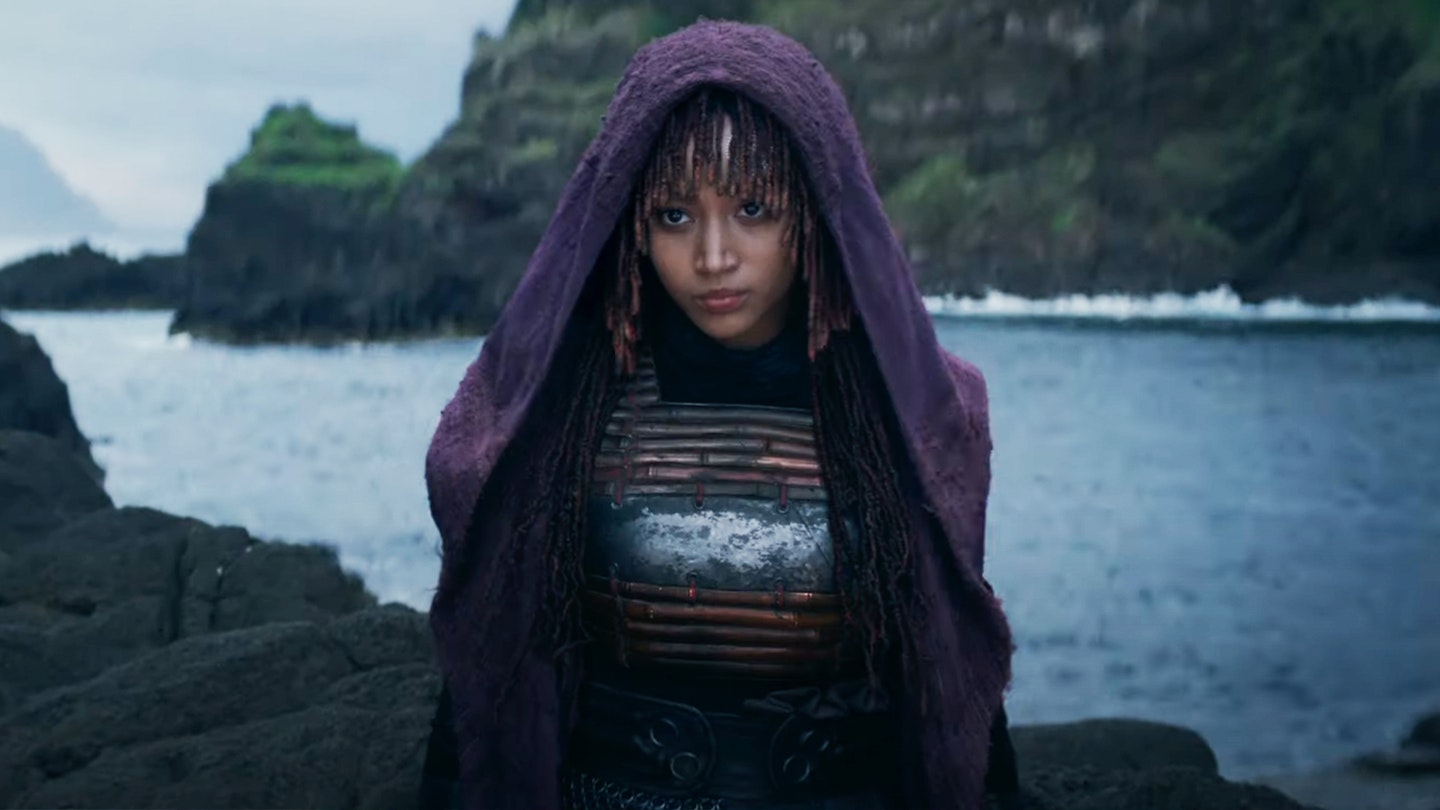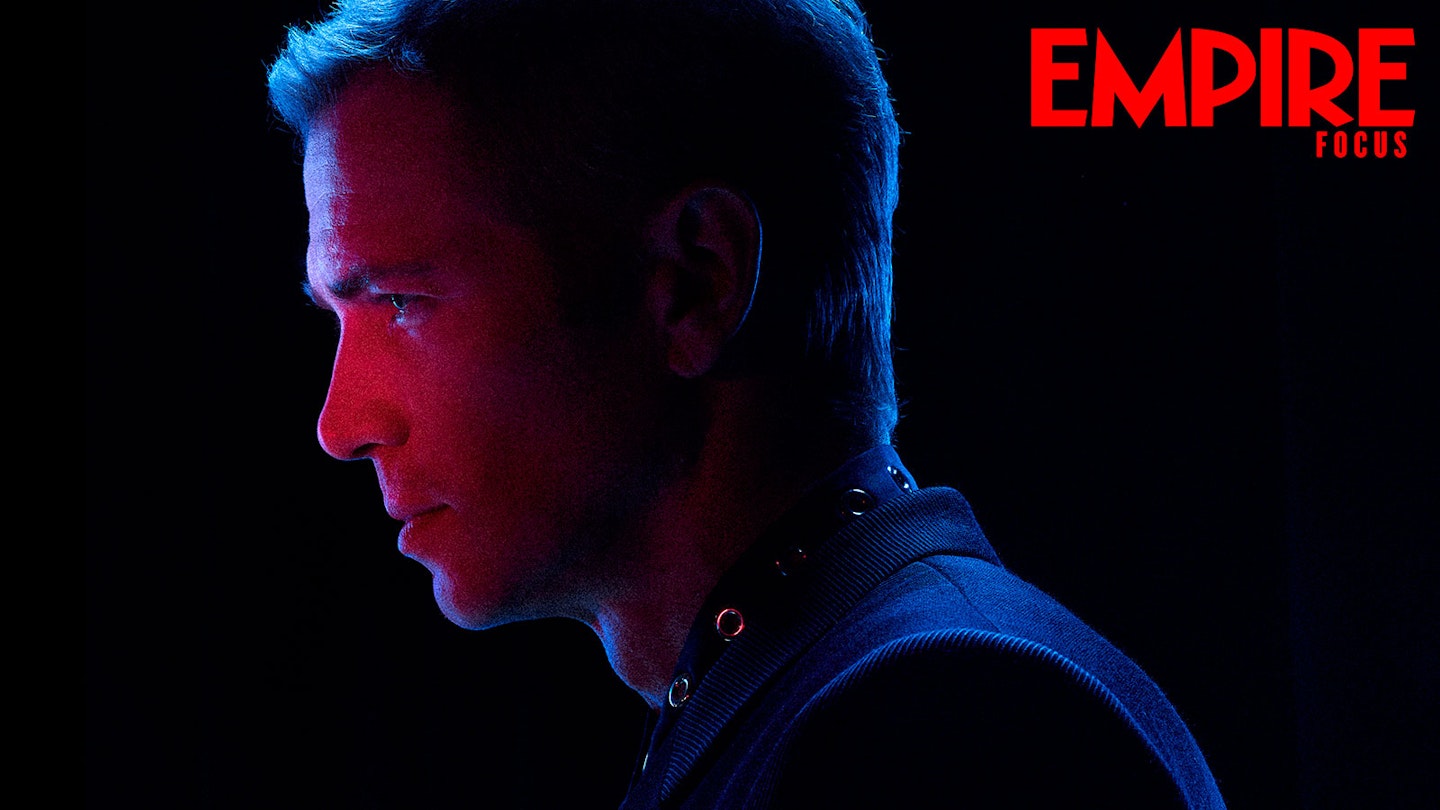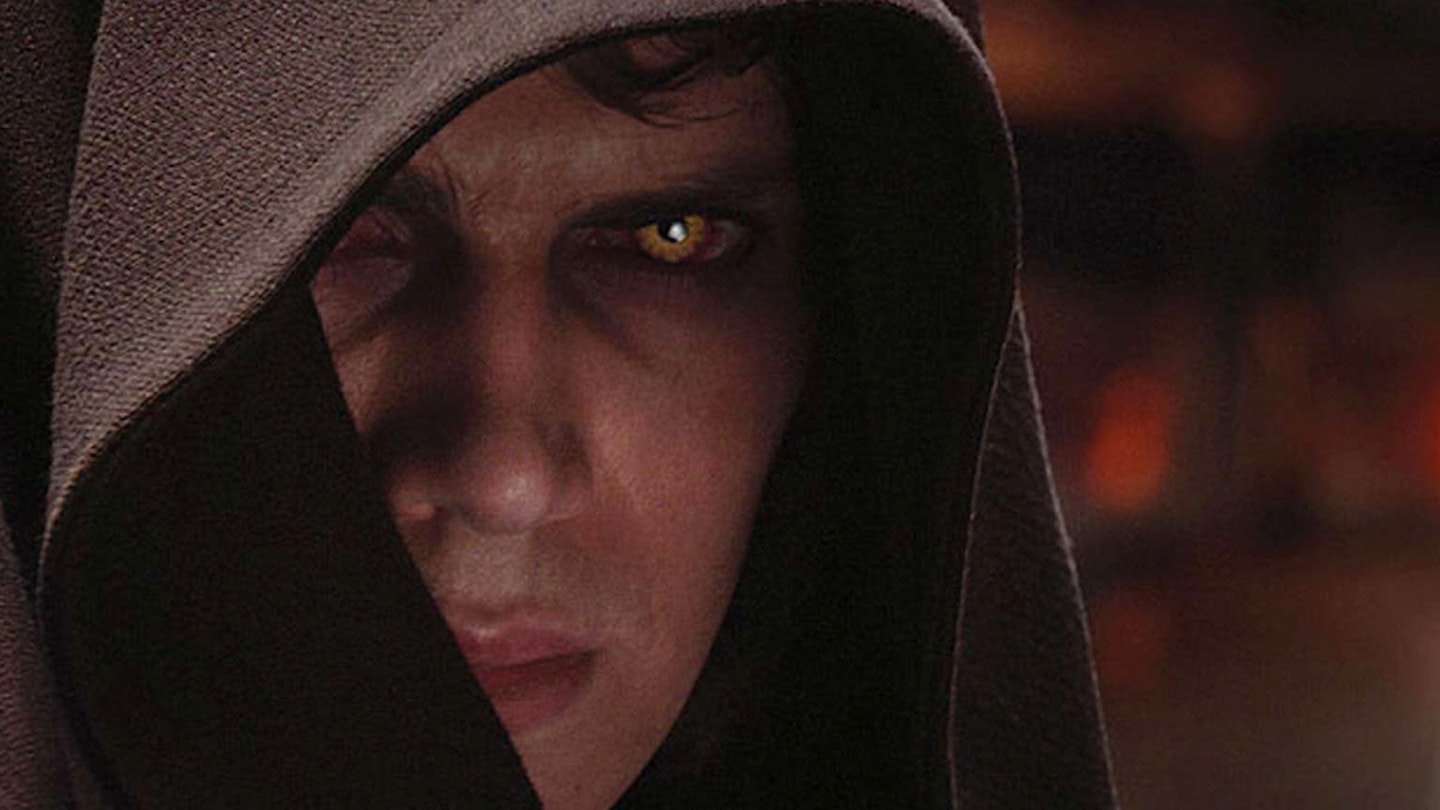The collective fever that characterized the countdown to The Phantom Menace had long since dissipated by the time the first sequel prequel rolled off the ILM production line. Casual spectators, once stung, had decamped en masse to the newly discovered Middle-Earth, leaving George Lucas with just the few million hardcore fans - true believers who, with all the apprehension of parents at a nativity play, willed their defrocked hero back towards respectability.
There are certainly stretches in the patchy Attack Of The Clones when Lucas’ flat-packed dialogue struggles to keep the hecklers quiet – Anakin’s seduction of the former Queen has all the charm of a teenage lunge behind the bike-sheds and none of the feeling – but by the time climactic ‘reel six’ cranks into high gear the saga’s reputation as the godfather of modern sci-fi spectacle is more or less restored. Indeed, when Yoda finally unsheathes his mini-saber and kicks Sith ass the faithful can reliably be found standing on seats hollering as if the outcome was never in doubt. But, as the little Jedi might say, in doubt it was.
Where Episode V fairly zipped around the galaxy with all the breezy confidence of youth, unafraid to travel anywhere, even dark places, the second middle child of the saga is saddled with an altogether heavier burden from which it struggles to escape. Empire hits the ground running on ice planet Hoth, Clones however, has a truly cold start to contend with, aware perhaps that the movie’s most pressing task is to simply atone for the more egregious sins of Episode I. Thus, Jar Jar is quickly sidelined, the upgraded CGI Yoda gets a showcase and those damn Amidala-clones are killed off on page one. On Coruscant we also meet the grown-up ‘Ani’ - okay so he’s a whiny teenager but that’s still a vast improvement on the bowl-haired moppet the world was asked to root for in 1999.
Also more powerful than when last we met is Ewan McGregor’s Obi-Wan, the Jedi who was simply wan in Menace is a much more forceful presence as a full-bearded Master, struggling manfully with the endless exposition and even landing the odd punchline.
As with Empire, the protagonists are separated for the second act: while Obi-Wan is busy uncovering the conspiracy of the Clones, Anakin and Padme turn into colourless clones of Han and Leia in the romance stakes. There are pleasures (Obi-Wan squares off against Jango Fett) and pitfalls (Anakin and Padme have a picnic) in roughly equal measure throughout this flabby middle act but as with Episode I mostly you get a sense of drama that is willed into being, a necessary bridge to Episode III that requires Lucas to traverse territory – romance, politics – he is simply not comfortable in.
Matters improve greatly in the final forty minutes: Christopher Lee’s Count Dooku arrives to provide some much needed gravitas, C-3PO turns up to do his C-3PO thing and Padme puts on a skin-tight white leotard. Best of all, Lucas finally cuts loose. The classic trilogy bristled with seat-of-your-pants filmmaking, our heroes bouncing from cliffhanger to cliffhanger, and in the final section of Episode II – almost four hours into this prequel enterprise - Lucas at last cranks up to this Saturday morning serial pace: from the Tex Avery goofiness of the droid factory, to the Cecil B. De Mille grandeur of the gladiator arena, the action never lets up.
Also in the last reel we finally get to divine something of Lucas’ grand design, with ironic pay-offs for the fans still paying close attention - it is the witless Jar Jar who makes the creation of a clone army possible and Yoda who first leads what will become Stormtroopers into battle. In its own way, the end of Episode II is every bit as dark as the famous end of Episode V.
Unsurprisingly, the least anticipated movie of the saga suffered at the box office – Episode IV raked in more money at the US box office back in 1977 – and remains largely unloved by the fanbase for its emphasis on the central love story but despite no real improvement in dialogue or acting it functions perfectly well as an old fashioned romantic epic, complete with standalone set-pieces, rich political intrigue and a painters’ pallette. Indeed, so indebted is Lucas to David O. Selznick here, ultimately he may have been better served abandoning his own trilogy structure and boiling both Episodes I and II down to a 3-hour Gone With The Wind style classic – an approach that would have at least halved all that damn anticipation.
